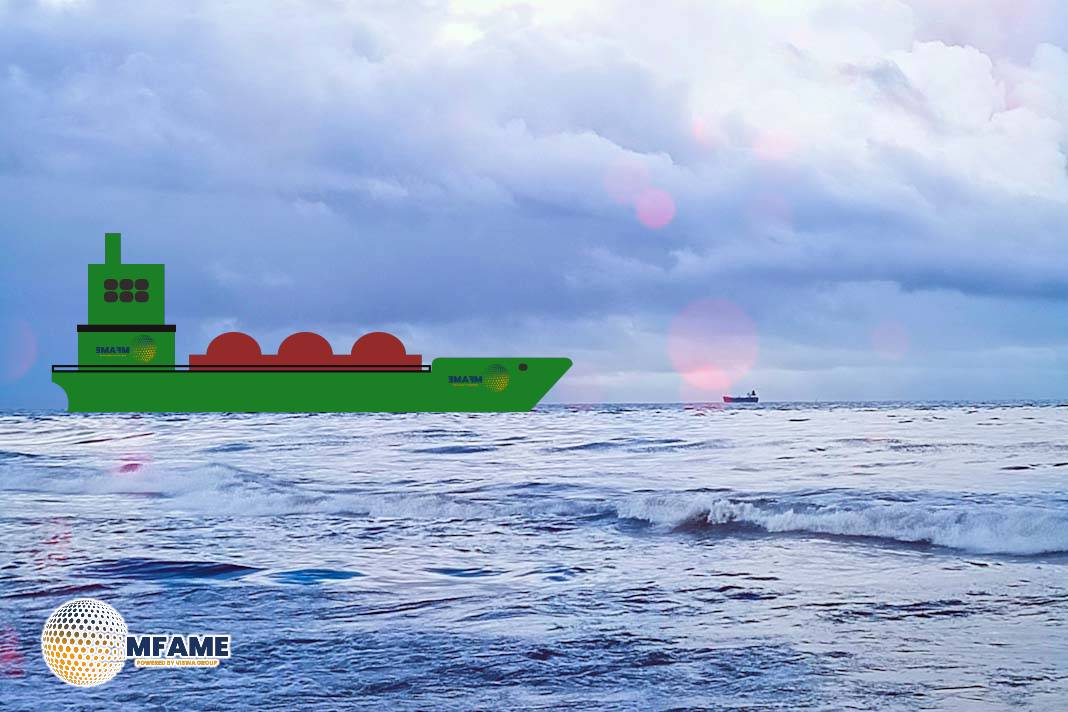Liquefied natural gas (LNG) is stored and transported at approximately -160°C in specialized vessels called LNG Carriers (LNG/C). Other types of vessels include Floating Storage Units (FSU) for storage and Floating Storage and Regasification Units (FSRU), which can both store LNG and convert it back into natural gas to be sent ashore.
Stratification and Rollover
Stratification is a phenomenon where different batches of LNG, with varying compositions and densities, form separate layers within a tank instead of mixing properly. This can happen if lighter LNG is loaded on top of a heavier layer or vice versa.
Rollover is a sudden, rapid mixing of these stratified layers. This event causes a sharp, uncontrollable increase in the volume of boil-off gas (BoG), which can lead to a rapid rise in cargo tank pressure. In the worst-case scenario, this can result in the venting of flammable gas, the opening of safety relief valves (which risks valve seal damage and potential cargo loss), or even structural damage to the tank.
Prevention and Mitigation
To prevent stratification and rollover, proper planning and management of LNG loading operations are crucial. Key strategies include:
- Avoiding mixed loading in empty tanks: The SIGTTO Guidelines recommend that tanks with less than 800 m³ of LNG be considered “empty” to prevent stratification, though this figure can vary by vessel.
- Checking cargo quality: It’s essential to obtain the certificate of quality for the incoming LNG and compare its density to the LNG already on board. This gives the crew time to plan how to prevent stratification.
- Considering cargo age: The gradual evaporation of lighter components over time (known as weathering) makes the remaining LNG denser and should be taken into account when loading.
- Utilizing proper filling methods: The general loading guideline is to use top filling if the incoming LNG is heavier than the existing cargo to promote mixing. Conversely, use bottom filling if the incoming LNG is lighter.
- Optimizing loading rate: Aim for the highest safe loading rate, as a faster flow helps mix the cargo and reduces the chance of stratification.
- Maintaining a high sendout rate (for FSRUs): A higher rate of converting liquid LNG to gas and sending it ashore reduces the time for layers to form, thereby lowering the risk of rollover.
Did you subscribe to our daily Newsletter?
It’s Free Click here to Subscribe!
Source: Skuld



















